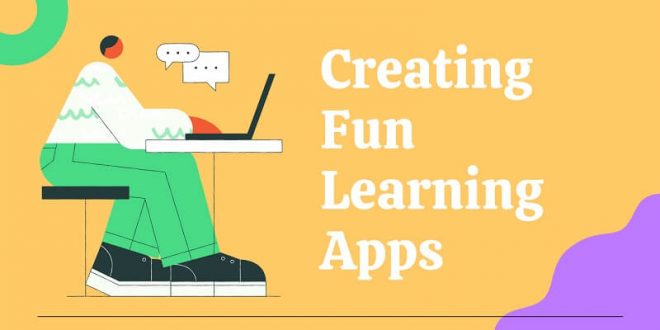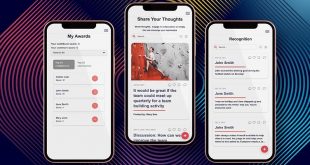Do you want to know how to create fun learning apps with the power of gamification? This comprehensive guide will walk you through the process, from brainstorming ideas to designing interactive features.
We live in a world that thrives on engagement and interaction. From social media to online shopping, businesses and platforms continually search for ways to keep their audiences hooked. When it comes to educational platforms, the challenge is similar. How do you make learning not only informative but also captivating and fun? Enter gamification.
Creating Fun Learning Apps:
What is Gamification?
Gamification is the process of introducing game-like elements into non-gaming environments. It utilizes the dynamics that make games so addictive – challenges, achievements, and rewards – and incorporates them into applications and systems to elevate user experience. When it comes to learning apps, gamification can make a significant difference.
Advantages of Gamified Learning Apps
Increased Engagement: By introducing game-like features, learning apps can pique the interest of users and keep them engaged for longer durations. This prolonged engagement can lead to better retention of information and an enhanced learning experience.
Intrinsic Motivation: Challenges, leaderboards, and rewards motivate users to push their boundaries, making learning a self-driven process. Instead of external pressures, students learn at their own pace and are motivated by their own achievements.
Real-world Simulation: Gamified learning apps often present scenarios that mimic real-life situations. This not only makes learning relatable but also teaches practical skills that can be directly applied in the real world.
Key Gamification Elements
For a gamified learning app to be effective, it needs to incorporate several key elements.
Challenges
A challenge, in this context, is a task or set of tasks that users must complete. By presenting information or quizzes in the form of challenges, learning apps can make the absorption of new information an active process. When users engage with the content actively, they are more likely to remember it.
Rewards
Every challenge should have a reward. Whether it’s points, badges, or other forms of recognition, rewards signify achievement and give users a sense of accomplishment. They also serve as a motivation to continue with the app and take on more challenges.
Leaderboards
While learning should primarily be a personal journey, a bit of healthy competition never hurt anyone. Leaderboards can show users where they stand compared to their peers. This not only motivates them to do better but also gives them a sense of community.
Badges
Badges are visual representations of achievements. They serve as markers of milestones reached and can be collected over time. By collecting badges, users can track their progress and feel a sense of accomplishment.
Feedback
Immediate feedback is essential in gamified learning apps. Whether a user gets an answer right or wrong, they should know immediately. This instant feedback helps in reinforcing concepts and guiding the learning process.
Fliplet and Enhanced Certification
One of the most valuable rewards in a learning app is certification. Certification validates the effort put in by the user and serves as proof of their achievements. Fliplet offers a unique feature where users can receive certificates upon completing a course in learning apps. What’s even better is that these certificates are downloadable and shareable, adding another layer of motivation for users. Being able to showcase a certificate not only boosts confidence but also adds value in professional settings.
Creating an Effective Gamified Learning App
To develop an effective gamified learning app, it’s crucial to keep the end user in mind. The app should be intuitive and user-friendly. The game-like elements should be seamlessly integrated so that they enhance the learning experience rather than detract from it.
User-centric Design: The app design should cater to the needs of the user. It should be easy to navigate, visually appealing, and devoid of unnecessary complexities.
Balanced Difficulty: Challenges in the app should be balanced. They shouldn’t be too easy, making users lose interest, nor too hard, making them feel discouraged.
Relevant Content: The content should be relevant and up-to-date. It should be presented in bite-sized chunks, making it easier for users to digest.
Feedback and Support: In addition to immediate feedback on challenges, there should be avenues for users to seek support if they’re stuck or need clarification.
Continuous Updates: To keep users engaged, the app should be regularly updated with new challenges, badges, and other gamification elements.
Conclusion: Fun Learning Apps
The power of gamification lies in its ability to transform the way we learn. By making learning fun and interactive, gamified learning apps have the potential to revolutionize education. They cater to the modern need for engagement and interaction while ensuring that learning remains a priority. Whether you’re a student, a professional, or someone just looking for a new learning solution, gamified learning apps have something to offer everyone. So, dive into the world of gamified education and experience learning like never before!
 Free Web Resources , psd, mockups, & web templates Best WordPress Themes & Best Html Templates
Free Web Resources , psd, mockups, & web templates Best WordPress Themes & Best Html Templates








